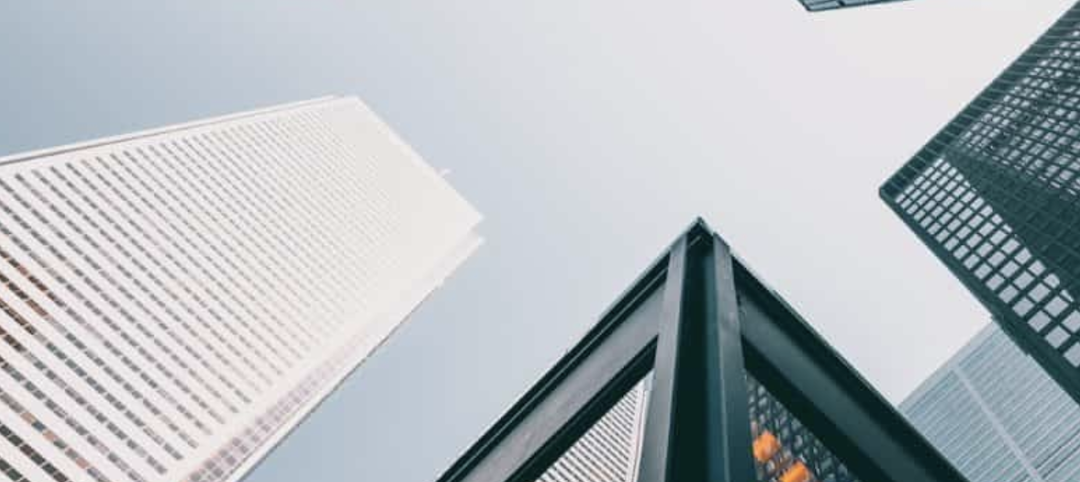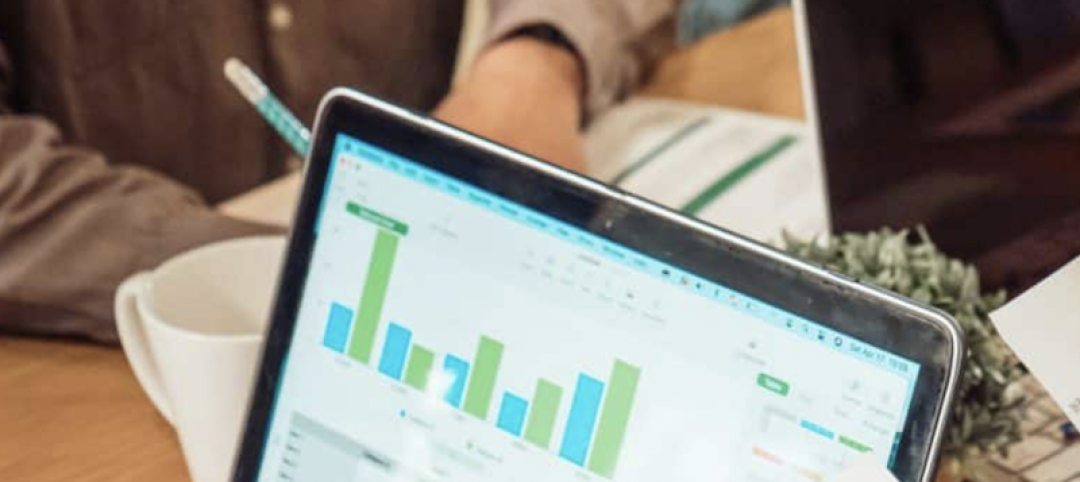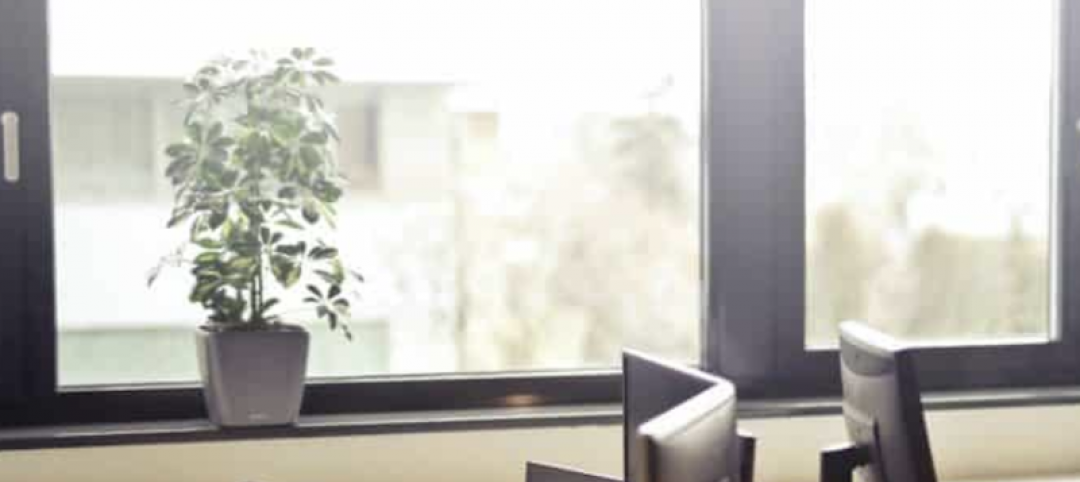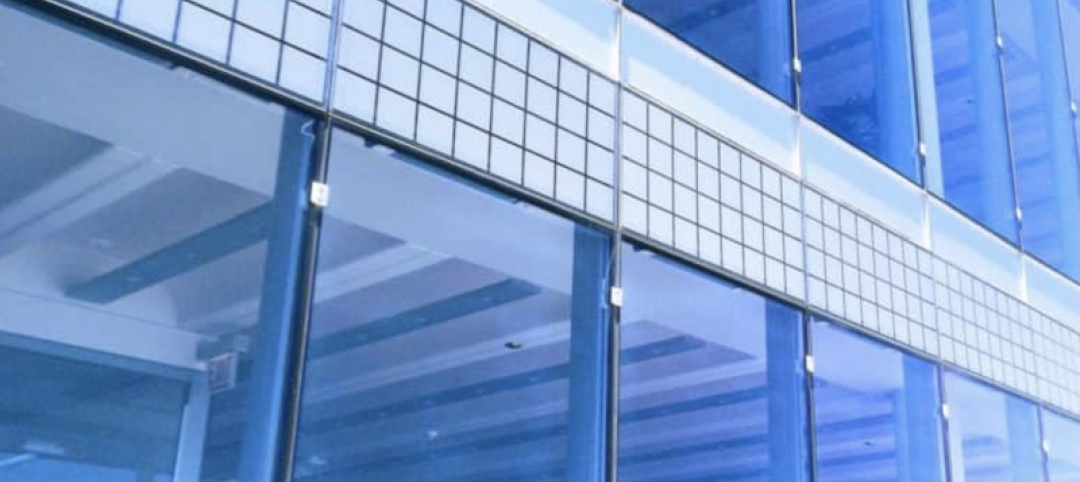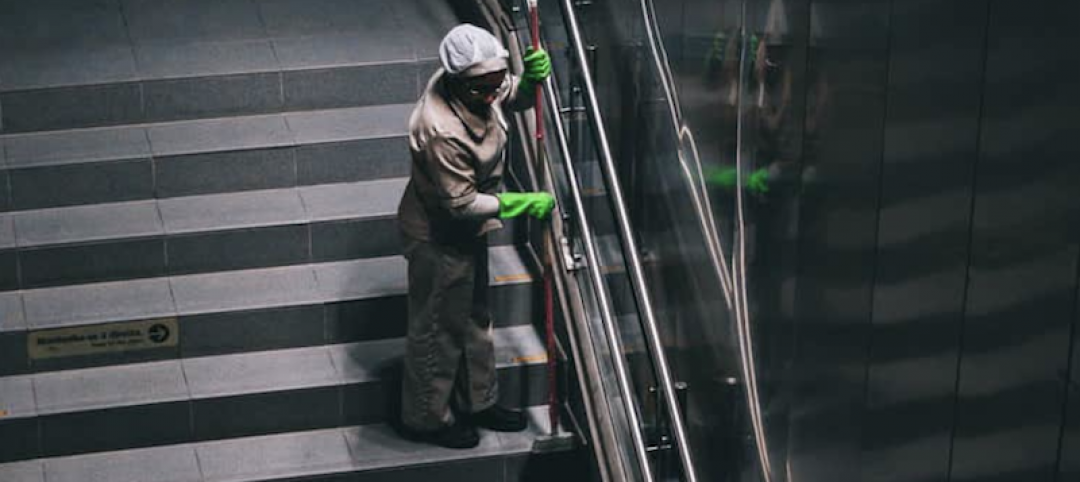Designing for daylight is a complex process of balancing the use of available natural light with artificial light through the use of daylighting systems such as architecture, responsive lighting solutions, and daylight/shading devices.
According to the International WELL Building Institute, “Exposure to appropriate amounts of natural light reinforces the alignment of our circadian rhythms and reduces dependence on electricity for artificial lighting”. Adequate natural light reduces the need for artificial light and can improve the performance, well-being, and mood of occupants. It can also connect interior spaces to nature.
Providing daylight is a precarious balance, where low daylight levels can result in dull spaces which require additional artificial lighting; and too much daylight can cause glare and increase the solar gain in a space, resulting in visual discomfort and additional space cooling.
This is where daylight modeling can help strike a balance.
Daylight modeling is a tool to examine how daylight interacts with a building, and how that natural light behaves within interior spaces. Daylight modeling can identify where there is too little or too much natural light and evaluate variables such as weather scenarios.
When used properly, daylight modeling can inform design decisions, optimize solar exposure, and create well-lit interior spaces that occupants can enjoy throughout the life of the building. Looking for ways to implement on your next project? Here are five tips to get you started.
1. USE INTEGRATED PROJECT TEAMS
Daylight modeling is an excellent tool to identify daylight strategies, but it is ultimately a software simulation. The real success of daylight modeling comes from the collaboration between design team members. This can include the daylight modeler, architect, electrical engineer, mechanical engineer, and lighting designer. A well-designed daylighting system combines an appealing façade design with a high performance building envelope, daylight-responsive lighting controls, interior surfaces that reflect light or reduce glare where needed, mechanical heating and cooling systems to supplement solar heat gains, etc. An eco-charrette is an excellent platform to kickoff a collaborative approach to daylight design.
2. OPTIMIZE BUILDING ORIENTATION
As you might imagine, the best point to evaluate building orientation is in the earliest stages of a project, right around the schematic design phase. Building orientation is a critical part of designing for daylight and energy efficiency. There is greater flexibility in the schematic design phase, allowing designers and integrated teams to choose the best combination of orientation, daylight solutions, and façade design.
Designers should optimize south and north exposures and minimize east and west exposures. If possible, designers should also evaluate the building footprint depth to account for the potential for light to penetrate the exterior glazing systems. Daylight modeling has these capabilities and should be used at an early stage of design.
3. CONSIDER DESIGN OBJECTIVES
The next crucial tip is to consider design intent – each interior space will have its own function and lighting needs. Who are the occupants of the space? What kind of activity is performed in that space? What times of day will they occupy the spaces? How can the interior layout of a space be designed to maximize daylight potential? Will some spaces have a greater need for daylight than others?
4. DESIGN DAYLIGHT FOR ALL DAY AND ALL SEASONS
Sunlight is an ever-changing and dynamic source of light that must be planned for when designing an effective daylight strategy. Spatial Daylight Autonomy metrics and Annual Sun Exposure metrics can be used to study daylight variations throughout the year. A point-in-time analysis can be used for a micro study to investigate and resolve a particular scenario which might be a potential issue in designing.
5. COMMISSION DAYLIGHTING CONTROLS AND DEVICES
All of these daylight design tips will be wasted if the daylighting controls and devices are not commissioned prior to occupancy. These systems maintain the delicate balance between natural and artificial light, and if not operating as designed, can be quite the (literal) headache for occupants. Commissioning also helps to ensure that you are reaping the greatest energy and cost savings after investing in daylighting systems. Afterall, natural light is free.
Designing for daylight is more than just allowing in natural light. Daylight design is a complex system that can deliver long-term energy savings and occupant comfort. These tips are a great starting point, and enlisting an experienced daylight modeler is a crucial next step. Paladino has experience guiding design teams through the process of creating innovative daylight solutions. We’d love to do the same for your next project.
More from Author
Paladino | Jan 10, 2022
The future of regenerative building is performance-based
Why measuring performance results is so critical, but also easier said than done.
Paladino | May 26, 2021
Injecting embodied carbon capability into the integrated design and construction process
Embodied carbon is defined as the carbon footprint of a material, and is expressed in metric tons of CO2e.
Paladino | May 12, 2021
Climate modeling for a resilient business and future
This post explores changes that developers and their teams need to make to their risk and resilience strategies by climate modeling for climate change.
Paladino | Apr 26, 2021
Building performance requirements are coming: Are you ready?
Building Performance Requirements are trending nationwide and are likely coming to a county near you.
Paladino | Feb 8, 2021
Six lessons learned from our first Fitwel Viral Response Module certification
The Fitwel Viral Response Module is one of several frameworks that real estate owners and operators can use to obtain third-party certification for their efforts ensuring their properties are ready for a safer and healthier return to work.
Paladino | Jan 14, 2021
Shift your energy to carbon
Now is the right and necessary time for the commercial real estate industry to shift its environmental strategy from just energy, a carbon contributor, to carbon itself.
Paladino | Jul 16, 2020
COVID readiness: IWBI and USGBC seek to help businesses quantify risk
In an effort to address the risks of COVID-19 at the building scale, USGBC and IWBI have analyzed existing certification guidelines and drafted new, relevant content.
Paladino | Jun 5, 2020
3 strategies to improve the wellness of building systems and gain tenant trust
Three operational issues that must be prioritized for every building in order to achieve tenant trust are air quality/ventilation, relative humidity, and building commissioning.
Paladino | Apr 1, 2020
Green cleaning and the coronavirus
If your cleaning teams use bleach to disinfect buildings from Coronavirus, will you put your LEED certification at risk?


